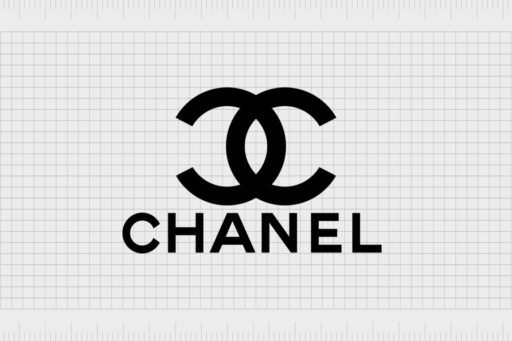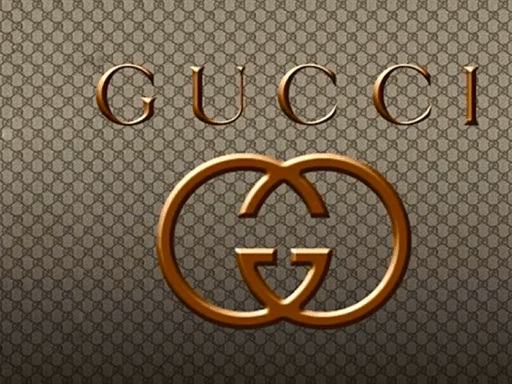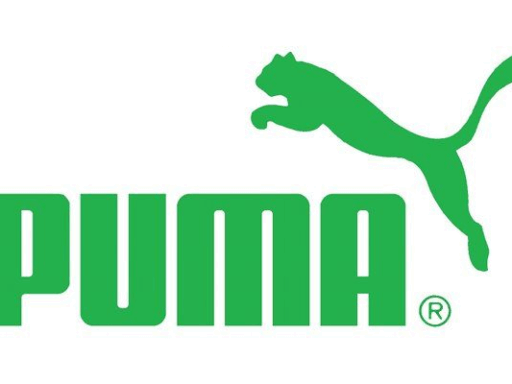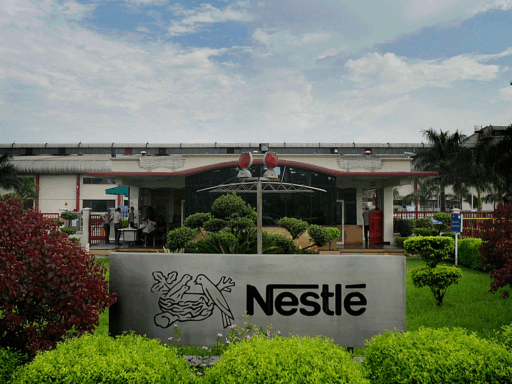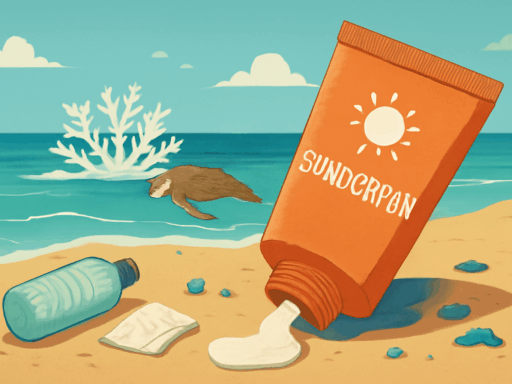Chanel, a privately held luxury fashion house, has made significant strides in integrating sustainability into its operations. The company has committed to achieving net-zero greenhouse gas (GHG) emissions across its value chain by 2040, aligning with the Science Based Targets initiative (SBTi) and the Paris Climate Agreement’s 1.5°C pathway. This ambitious goal encompasses reductions in Scope 1, 2, and 3 emissions, with specific targets of a 50% reduction in Scope 1 and 2 emissions by 2030 and a 42% reduction in Scope 3 emissions by 2030, using 2021 as the base year. Additionally, Chanel aims to reduce Scope 3 Forest, Land, and Agriculture (FLAG) emissions by 30.3% by 2030 and 72% by 2040 .
In 2023, Chanel achieved a 98% transition to renewable electricity across its operations, with 30 sites generating their own renewable energy. This shift has contributed to a 55% reduction in Scope 2 emissions from 2021 to 2022 .
Sustainability Strategy and Goals
Chanel’s sustainability strategy is built upon four key pillars:
- Restoring Nature and Protecting the Climate: Through initiatives like CHANEL Mission 1.5°, the company focuses on reducing its carbon footprint and that of its supply chain, while also taking action outside of its own business activities to help accelerate the transition to a lower-carbon world .
- Investing in Circularity: Chanel is committed to building regenerative agricultural practices and economic sustainability within its supply chain. This includes increasing the share of recycled gold sourcing to more than 80% within its Watches and Fine Jewellery business .
- Advancing Dignity and Opportunity: The company supports women within and beyond its House in their self-determination, with the objective to advance the impact that gender equality brings to the world .
- Supporting Women’s Autonomy: Chanel’s initiatives aim to promote the autonomy of women, ensuring that they have an equal voice and are safe to make the choices they want to in life .
Key Sustainability Innovations and Technologies
Chanel has implemented several innovations to enhance its sustainability efforts:
- Eco-Responsible Product Lines: The introduction of the N°1 de Chanel line, which includes skincare, fragrance, and cosmetics made with up to 97% natural ingredients. The product packaging is designed through eco-design, reducing weight by 30%, and the bottles are refillable, which, according to an external life cycle assessment, reduces the carbon emission of the products by 50% when twice refilled .
- Sustainable Materials: Collaboration with Finnish start-up Sulapac resulted in packaging innovations that replace traditional materials with biodegradable alternatives, aligning with Chanel’s commitment to reducing plastic waste .
- Regenerative Agriculture: Chanel is working with partnerships to develop Senegal as a partner in responsible, high-quality cotton production for the house, aligning with its broader sustainability goals .
Measurable Impacts
Chanel’s sustainability initiatives have led to tangible outcomes:
- Carbon Emissions Reduction: The company has reduced its Scope 1 and 2 emissions by 40% against the 2018 baseline, achieving a 9% decrease from 2021 to 2022. This progress is primarily due to the transition to renewable electricity and energy efficiency measures across its operations .
- Renewable Energy Adoption: By the end of 2023, Chanel shifted to 98% renewable electricity in its own operations, with 30 sites generating their own renewable electricity .
- Gender Equality Initiatives: In 2023, Chanel scaled its annual contribution to $110 million, impacting the lives of 9 million women and girls through various programs .
Challenges and Areas for Improvement
Despite significant progress, Chanel faces several challenges:
- Scope 3 Emissions: A substantial portion of Chanel’s carbon footprint arises from Scope 3 emissions, particularly from its supply chain. The company is actively working to engage suppliers and implement strategies to reduce these emissions.
- Packaging Waste: While Chanel has made strides in sustainable packaging, there is ongoing work to minimize textile waste and further reduce packaging materials to decrease plastic waste .
- Transparency: As a privately held company, Chanel’s sustainability reporting is less comprehensive compared to some publicly traded peers. Increasing transparency in its sustainability efforts could enhance stakeholder trust and accountability.
Future Plans and Long-Term Goals
Chanel’s future sustainability plans include:
- Achieving Net-Zero Emissions by 2040: The company aims to achieve net-zero GHG emissions across its value chain by 2040, with interim targets of a 50% reduction in Scope 1 and 2 emissions and a 42% reduction in Scope 3 emissions by 2030 .
- Eliminating Single-Use Plastics by 2030: Chanel plans to eliminate the use of single-use plastics across its entire business by 2030, aligning with industry trends towards reducing plastic waste .
- Expanding Circular Practices: The company is committed to building regenerative agricultural practices and increasing the use of recycled materials in its products, aiming for a more circular supply chain .
Competitor Comparison
When compared to industry peers, Chanel’s sustainability efforts are notable:
- LVMH: LVMH has set ambitious sustainability targets, including achieving net-zero emissions by 2050. However, Chanel’s commitment to net-zero emissions by 2040 places it ahead in terms of timeline.
- Gucci (Kering): Gucci has been recognized for its sustainability initiatives, including the use of sustainable materials and transparency in reporting. Chanel’s focus on regenerative agriculture and circularity aligns with similar efforts in the industry.
- Prada: Prada has made strides in sustainable fashion, including the use of recycled materials. Chanel’s innovations in packaging and product lines, such as N°1 de Chanel, demonstrate a strong commitment to sustainability.
Chanel’s sustainability journey reflects a significant commitment to environmental stewardship and social responsibility. The company’s ambitious targets, innovative practices, and focus on women’s autonomy position it as a leader in sustainable luxury. While challenges remain, particularly in addressing Scope 3 emissions and enhancing transparency, Chanel’s proactive approach sets a strong example for the industry.
Sources
- https://www.chanel.com/puls-img/1721311324579-chanelsustainabilityperformanceextract2023pdf.pdf
- https://www.chanel.com/emea/img/prd-emea/sys-master/content/P1/hbe/hcc/10231577247774
- https://www.fluxury.studio/insights/sustainability-report-analysis-chanel
- https://www.imd.org/research-knowledge/sustainability/case-studies/chanel-1-5-a-sustainability-journey/
- https://services.chanel.com/i18n/en_WW/pdf/Chanel-Climate-Publication.pdf
- https://www.chanel.com/us/sustainability/
- https://www.chanel.com/in/sustainability/
- https://www.chanel.com/gb/sustainability/
- https://www.chanel.com/puls-img/1716301904618-pressrelease2023resultsengfinalpdf.pdf
- https://www.loveluxury.co.uk/topics/chanels-eco-conscious-initiatives/
- https://www.wearglobalnetwork.com/news/chanel-publishes-new-sustainability-plan/
- https://www.voguebusiness.com/fashion/chanel-in-dakar-bruno-pavlovsky-talks-redefining-the-destination-show
- https://www.voguebusiness.com/sustainability/notoriously-quiet-chanel-offers-glimpse-into-sustainability-efforts
- https://www.goodonyou.eco/brand/chanel
- https://www.teenvogue.com/story/gucci-chanel-prada-fashion-industry-pact
- https://www.gq.com/story/luxury-sustainability-g7

